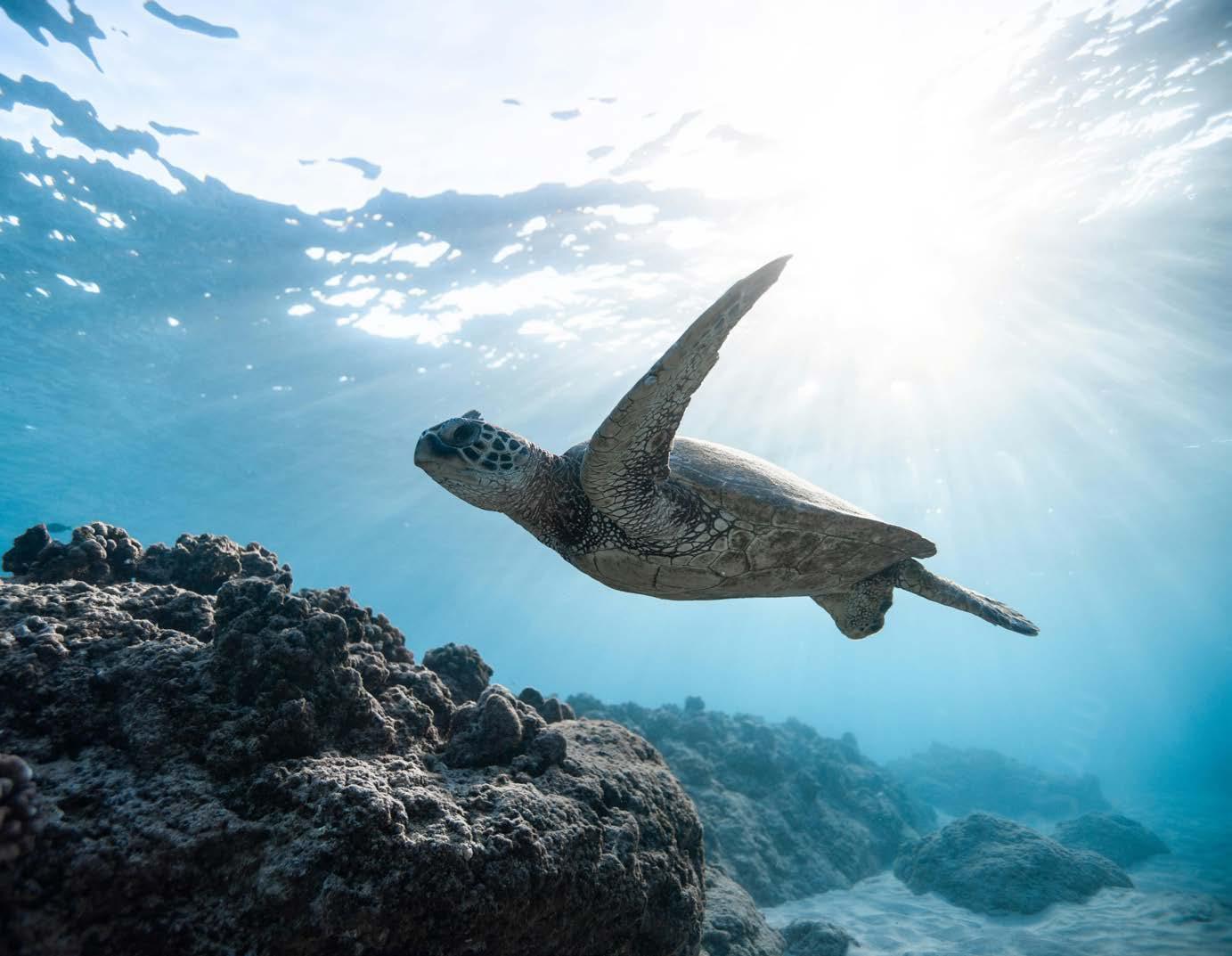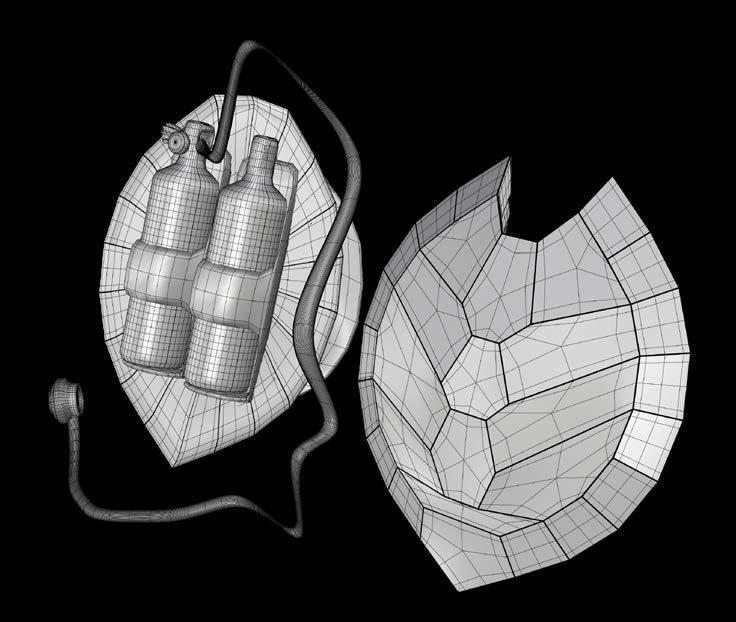

Turtles are incredibly versatile and can be found in a variety of environments, including oceans, freshwater lakes, rivers, and even deserts. They are well-adapted to both aquatic and terrestrial habitats.

Turtles play essential roles in their ecosystems, whether by controlling insect and plant populations, distributing seeds, or maintaining healthy aquatic environments. Despite their ancient lineage and remarkable resilience, many turtle species are now endangered due to habitat destruction, poaching, and climate change.
They are known for their long lifespans. Some species, like the Galápagos tortoise, can live over 100 years, making them some of the longest-living animals on the planet.
Turtles are efficient swimmers, with streamlined bodies and powerful flippers or webbed feet that propel them through the water. Sea turtles, for instance, can swim long distances across oceans, sometimes traveling thousands of miles between feeding grounds and nesting sites. Their swimming endurance is largely due to their strong, muscular limbs and a body shape that reduces drag, allowing them to glide smoothly through the water with minimal energy expenditure. One of the most fascinating aspects of turtles is their ability to manage oxygen while submerged.
Turtles are reptiles, and like all reptiles, they need oxygen to survive. However, they can hold their breath for a remarkably long time, thanks to several physiological adaptations.

















































